The impressive early 20th-century building at 61-67 Yonge Street is today somewhat hidden among the soaring skyscrapers of downtown Toronto. However, when it was constructed in 1905, it was the tallest structure in the city. It was the second building in Toronto to be referred to as a “skyscraper,” the first being the eleven-storey Temple Building constructed in 1895, on the northwest corner of Richmond and Bay Streets. The Temple Building has since been demolished. However, the Traders Bank still exists as a reminder of Toronto’s architectural past. It is 15 storeys and for a few years was the highest building in the British Empire. It was the invention of electric elevators that allowed these structures to be built. In their day, they were considered enormously high. Even today, New York City is the only city in the world that has more skyscrapers than Toronto.
The Traders bank was designed by the New York architects Carrere and Hastings, with the assistance of Francis S. Baker. In the years ahead, these architects were to design such architectural Beaux-Arts gems as the New York Public Library. The banking hall of the Traders Bank was two-storeys in height, occupying the second and third floors. The staircase from the ground floor entered the banking hall in the centre of the enormous hall, the tellers’ cages located around the perimeter of the room. This was a new concept in the city, its design considered an impressive sight. The exterior walls of the banking hall have tall rectangular windows with ornate columns decorating the spaces between them. High at the top, a projecting cornice hides the top floors from being viewed from ground level. This has the effect of making the building appear shorter than it really is and it thus dominates the street less than otherwise. This technique, of setting the top floors back from the base, is now a common feature of many high rise buildings.
Ground floor of the Traders Bank and the two-storey banking hall on the second and third floors. The banking hall is not in use today.
Architectural details on the banking hall. The columns are topped with a ornamented Doric columns.
This photo from the Toronto Archives shows the Traders Bank in 1912. The protruding cornice on the west facade, over-looking Yonge Street, hides the upper floors from being seen from street level. The construction site beside it is where the CPR Building would eventually rise. The view is looking south on Yonge Street.
This 1912 photo was taken form atop the Traders Bank. The bank had a commanding view of its surroundings as no other structure was as tall as the bank. The view gazes south, with Yonge Street visible in the lower left-hand corner of the picture.
Looking north on Yonge Street in 1910, the Traders Bank on the right-hand side of the photo.
View of the Traders Bank in May of 2013, looking north on Yonge Street as in the previous photo.
To view the Home Page for this blog: https://tayloronhistory.com/
Links to other posts about the history of Toronto and its buildings:
https://tayloronhistory.com/2013/10/08/links-to-historic-architecture-of-torontotayloronhistory-com/
Links to posts about Toronto’s movie houses—past and present.
https://tayloronhistory.com/2013/10/09/links-to-toronto-old-movie-housestayloronhistory-com/
Recent publication entitled “Toronto’s Theatres and the Golden Age of the Silver Screen,” by the author of this blog. The publication explores 50 of Toronto’s old theatres and contains over 80 archival photographs of the facades, marquees and interiors of the theatres. It also relates anecdotes and stories from those who experienced these grand old movie houses.
To place an order for this book:
Theatres Included in the Book
Chapter One – The Early Years—Nickelodeons and the First Theatres in Toronto
Theatorium (Red Mill) Theatre—Toronto’s First Movie Experience and First Permanent Movie Theatre, Auditorium (Avenue, PIckford), Colonial Theatre (the Bay), thePhotodome, Revue Theatre, Picture Palace (Royal George), Big Nickel (National, Rio), Madison Theatre (Midtown, Capri, Eden, Bloor Cinema, Bloor Street Hot Docs), Theatre Without a Name (Pastime, Prince Edward, Fox)
Chapter Two – The Great Movie Palaces – The End of the Nickelodeons
Loew’s Yonge Street (Elgin/Winter Garden), Shea’s Hippodrome, The Allen (Tivoli), Pantages (Imperial, Imperial Six, Ed Mirvish), Loew’s Uptown
Chapter Three – Smaller Theatres in the pre-1920s and 1920s
Oakwood, Broadway, Carlton on Parliament Street, Victory on Yonge Street (Embassy, Astor, Showcase, Federal, New Yorker, Panasonic), Allan’s Danforth (Century, Titania, Music Hall), Parkdale, Alhambra (Baronet, Eve), St. Clair, Standard (Strand, Victory, Golden Harvest), Palace, Bedford (Park), Hudson (Mount Pleasant), Belsize (Crest, Regent), Runnymede
Chapter Four – Theatres During the 1930s, the Great Depression
Grant ,Hollywood, Oriole (Cinema, International Cinema), Eglinton, Casino, Radio City, Paramount, Scarboro, Paradise (Eve’s Paradise), State (Bloordale), Colony, Bellevue (Lux, Elektra, Lido), Kingsway, Pylon (Royal, Golden Princess), Metro
Chapter Five – Theatres in the 1940s – The Second World War and the Post-War Years
University, Odeon Fairlawn, Vaughan, Odeon Danforth, Glendale, Odeon Hyland, Nortown, Willow, Downtown, Odeon Carlton, Donlands, Biltmore, Odeon Humber, Town Cinema
Chapter Six – The 1950s Theatres
Savoy (Coronet), Westwood
Chapter Seven – Cineplex and Multi-screen Complexes
Cineplex Eaton Centre, Cineplex Odeon Varsity, Scotiabank Cineplex, Dundas Square Cineplex, The Bell Lightbox (TIFF)
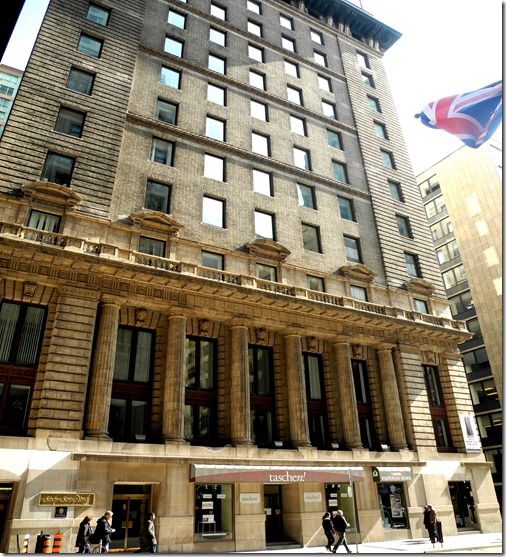
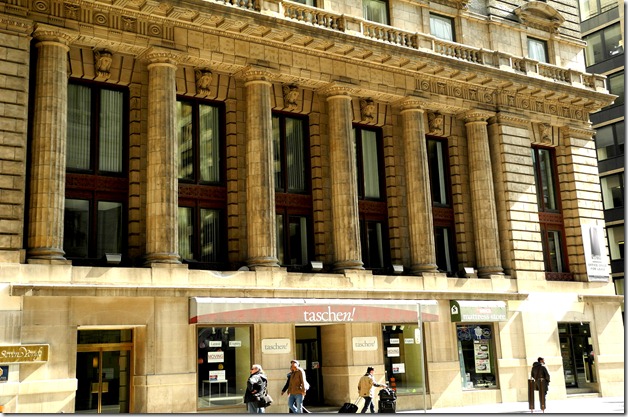
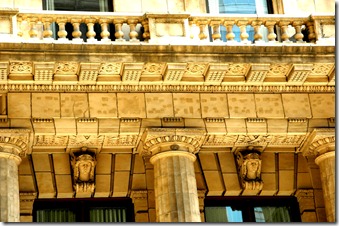

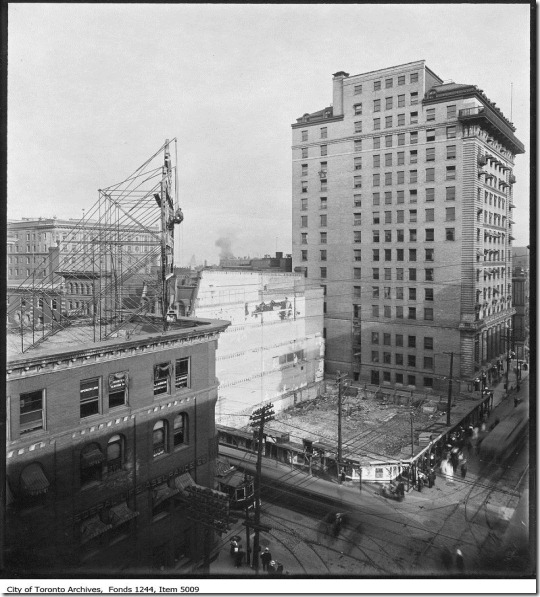
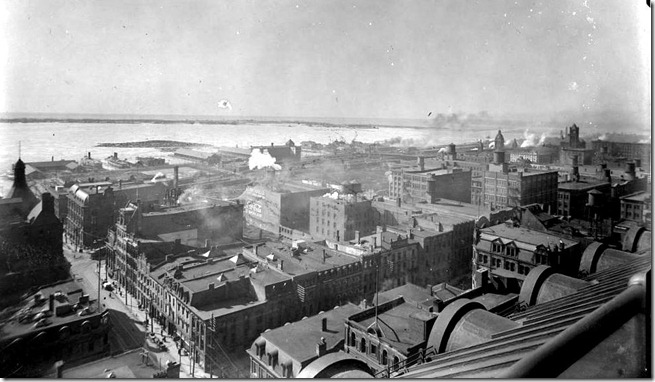
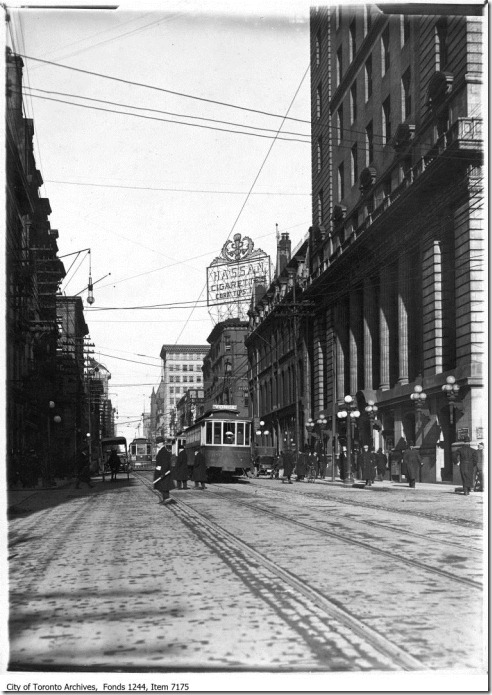
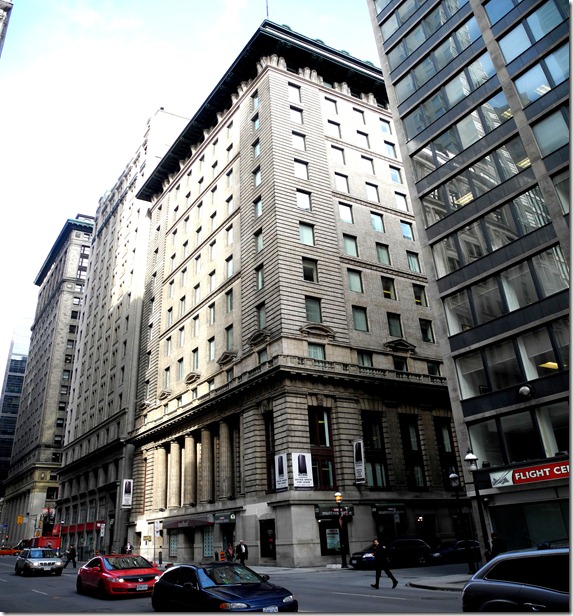
![cid_E474E4F9-11FC-42C9-AAAD-1B66D852[1] cid_E474E4F9-11FC-42C9-AAAD-1B66D852[1]](https://tayloronhistory.com/wp-content/uploads/2014/10/cid_e474e4f9-11fc-42c9-aaad-1b66d8521_thumb8.jpg)

